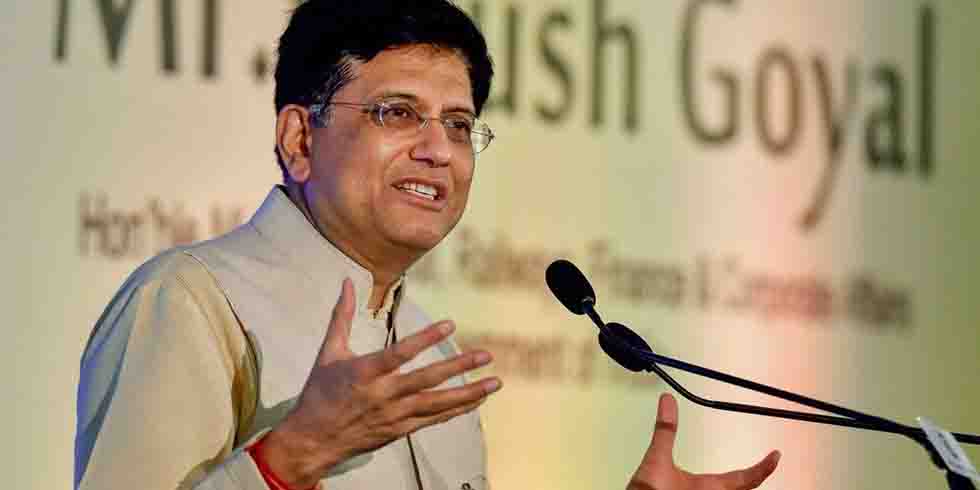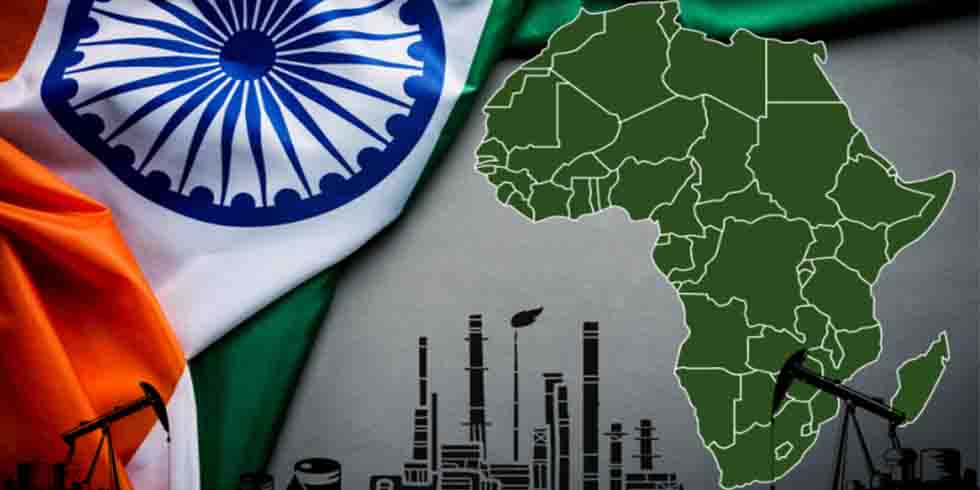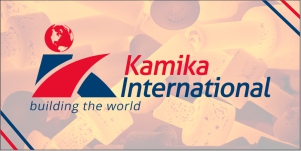Donald Trump's push to boost steel prices may just help Indian markets
US President Donald Trump may be responsible for a few thousand job loses in India due to his protectionist policies, but his government’s attempt to boost steel prices around the world may indirectly help India in the long term.
In the short term, it could resolve a large part of the non-performing assets problem in the Indian banking sector.
At the G20 summit in Hamburg in Germany this week, the group of 20 world leaders agreed to address the growing overcapacity and rock-bottom prices in global steel markets. This was thanks to pressure from the Trump administration as the US had threatened to impose punitive tariffs on its allies.
According to Bloomberg, the G20 talks stretched into the early hours of 8 July, when “US officials managed to get language inserted into the communique that sets deadlines for G20 members to address excess steel production”.
Countries like China, according to the communique, will have to be more transparent about how they subsidise domestic steel companies. According to a report published in 2016, China produced 822 million tonnes of steel in 2014, which was about half the steel produced in the world.
A major part of this steel was being dumped in European and US markets on the back of direct subsidies by the Chinese government to its steel companies.
How will it help India?
At the moment, a number of Indian steel companies are facing bankruptcy and their lenders are looking to sell their assets. Companies like Essar Steel, Bhushan Steel and Electrosteel Steels have already been referred to the National Company Law Tribunal (NCLT) for invoking the Insolvency and Bankruptcy Code.
In response, Essar Steel has gone to the Gujarat High Court arguing against the lenders' decision, arguing that the company was in a position to repay its debt.
While Essar Steel, with a debt of Rs 31,211 crore by the end of March 2016, serviced Rs 3,467 crore worth of interest payment in 2016-17, its lenders do not trust the company management's ability to repay its debt as steel prices are facing a down cycle.
In all, international steel prices fell by 30% in 2016 due to dumping of cheap steel by Chinese companies in the world markets.
India’s steel sector posted a robust 11% growth in production in 2016-17 at 101.2 mt
The crash in world steel prices has made the calculations of all steel makers go awry in India. As Chinese companies dumped cheap steel in world markets including India, the capacity utilisation of Indian steel companies fell to 55% in 2015.
Steel prices in India have already begun to stabilise on the back of measures like raising import duty, imposing minimum import price, and applying anti-dumping and safeguard duties on imports. India’s steel sector posted a robust 11% growth in production in 2016-17 at 101.2 mt. In the same period, exports grew by 102% to 8 mt, imports fell by 36% to 7.4 mt, making India a net exporter of steel.
In this backdrop, any move by G20 companies to support the world steel prices will help Indian companies' realisations from exports.
In 2016, India's banking sector's exposure to the steel sector was about Rs 3.13 lakh crore out of which Gross NPAs stood at Rs 1.15 lakh crore. Therefore, if steel sector takes off due to Trump's threat to the G20 leaders, Indian banking and government will be more than happy.










Add Comment